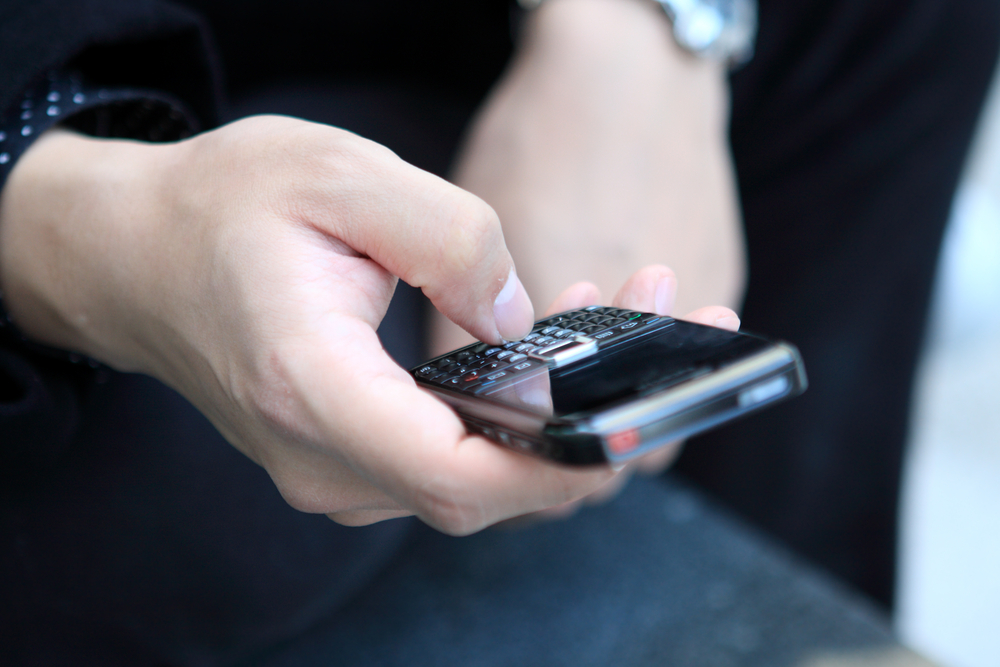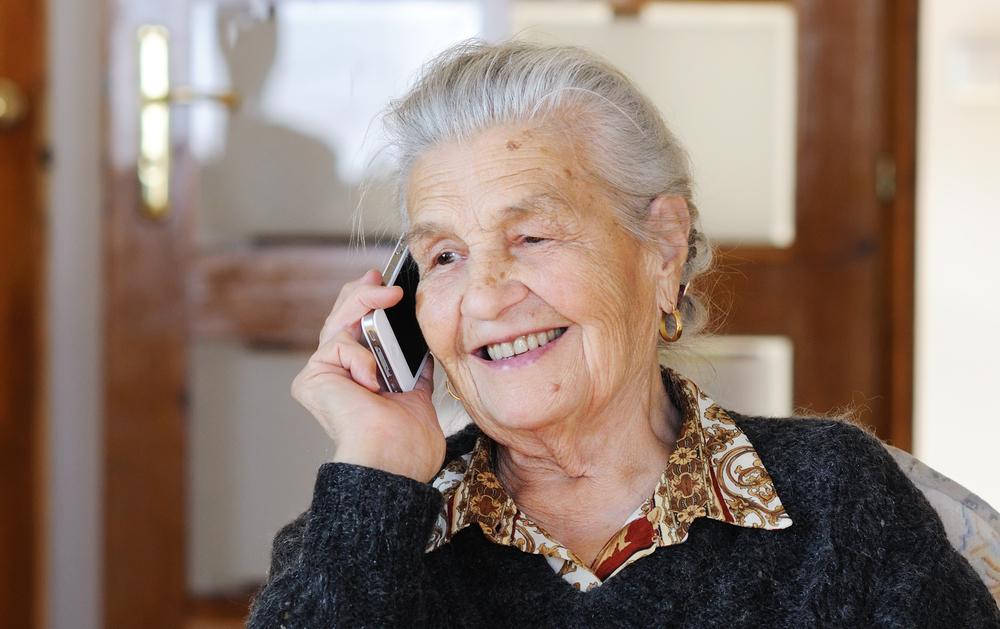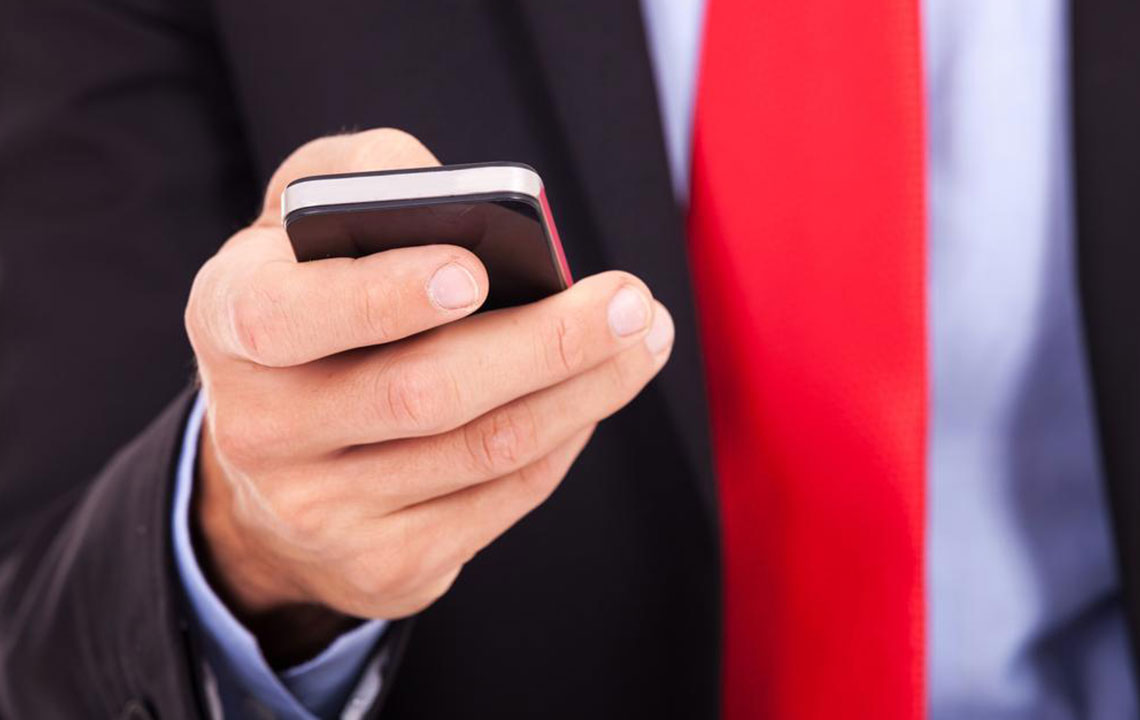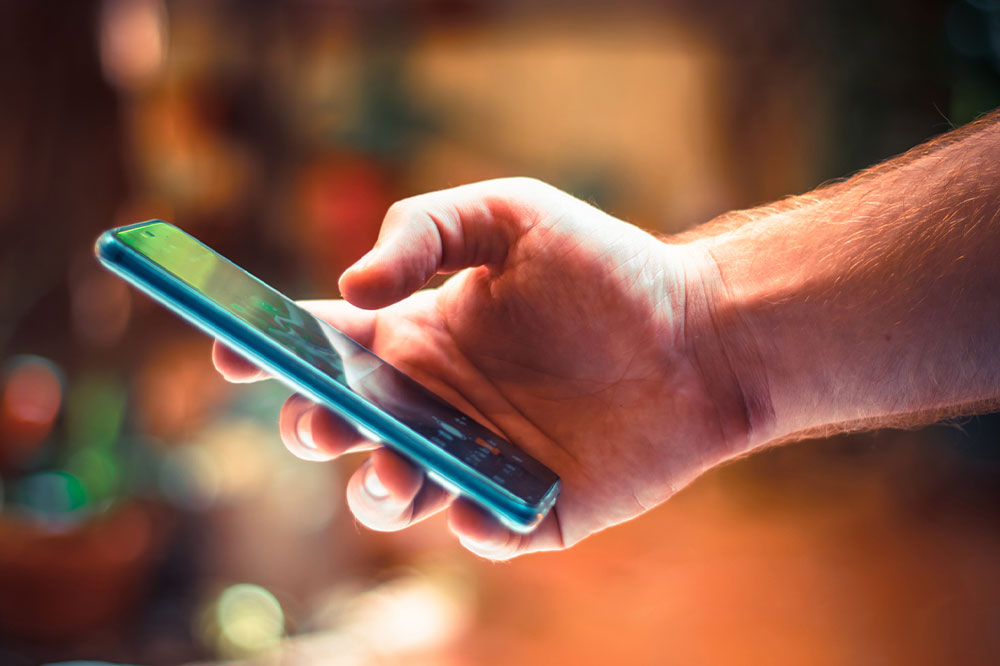Comprehensive Guide to Safelink Mobile Phones: Affordable Connectivity for Low-Income Americans
Safelink Mobile provides free smartphones and monthly service to eligible low-income individuals in the US. Operated by Tracfone Wireless, this government-supported program offers a simple application process, no hidden fees, and reliable communication tools to help bridge the digital divide. With basic minutes included and options for additional services, Safelink ensures everyone stays connected in emergencies, work, and social interactions. Learn how to qualify and apply for this essential service designed to promote digital inclusion and connectivity for all.

Comprehensive Guide to Safelink Mobile Phones: Affordable Connectivity for Low-Income Americans
In today’s digital age, having reliable mobile phone access is essential for communication, emergencies, and staying connected with loved ones. However, high-end smartphones and expensive plans can be a barrier for many low-income individuals and families. Recognizing this need, Safelink Mobile offers an affordable, government-funded solution designed to bridge the digital divide. This program provides free cell phones and monthly wireless service to eligible residents across the United States, ensuring that everyone has the opportunity to stay connected without the burden of high costs or complicated contracts.
Understanding Safelink Mobile and Its Mission
Safelink Mobile is operated through a partnership with Tracfone Wireless, Inc., a major provider of prepaid wireless services. The primary goal of Safelink is to provide essential mobile communication tools to low-income populations who might otherwise be excluded from the digital world due to financial constraints. By offering free smartphones and monthly service, the program empowers users to access emergency services, job opportunities, educational resources, and maintain social connections—all vital components of modern life.
Unlike conventional mobile plans that often involve hefty upfront costs, credit checks, and long-term commitments, Safelink's approach emphasizes simplicity and accessibility. The service is entirely funded by the U.S. government through the Universal Service Fund (USF), which aims to promote equitable access to telecommunications services nationwide.
Eligibility Criteria for Safelink Mobile
The program is designed with inclusivity at its core. To qualify for a free Safelink mobile phone and service, individuals must meet specific eligibility requirements often related to participation in federal or state assistance programs. These criteria are carefully structured to prioritize those with the greatest need, ensuring resources are directed where they are most impactful.
Income levels: Applicants at or below 135% of the Federal Poverty Guidelines are eligible, based on income documentation or verification through assistance enrollment.
Participation in assistance programs: Many recipients qualify through enrollment in programs like Medicaid, Supplemental Nutrition Assistance Program (SNAP), Supplemental Security Income (SSI), or Temporary Assistance for Needy Families (TANF).
Residency: Applicants must be residents of the United States and meet state-specific residency requirements.
The application process is straightforward and designed to make it as accessible as possible. Prospective users can apply online, via phone, or in-person at designated community assistance centers. Typically, recipients receive their phones within two weeks of approval, enabling prompt access to vital communication services.
Details of the Safelink Service Plan
Safelink’s service plan provides users with a set number of free minutes each month—generally, 250 minutes. This allowance is sufficient for basic communication needs, including calls to family, friends, healthcare providers, and emergency services. Importantly, the plan does not require a monthly payment if users stay within their allotment, and there are no hidden charges such as activation fees, service fees, or deposits.
For users who need additional minutes or data, optional affordable plans are available, but these are not mandatory for maintaining the basic free service. This flexibility ensures that low-income individuals can choose the level of service that best fits their needs without financial strain.
Device Compatibility and Model Options
While Safelink offers a range of smartphones, not all devices are compatible with their network. Compatibility is an important factor when selecting a device, and the program provides technical assistance to help users determine which models will work seamlessly with Safelink’s network infrastructure.
Approved devices include popular models such as LG 221C, Samsung S425G, and Motorola W376g, among others. These phones are durable, user-friendly, and equipped with essential features necessary for everyday communication. It’s recommended that prospective users consult with Safelink’s customer support to ensure device compatibility before making a purchase or selecting a device.
Verification and Documentation Process
Verification is a key step in the application process. Applicants are required to provide documentation that proves their eligibility. Typically, this includes:
Social Security Number
Proof of income (such as pay stubs) or proof of enrollment in qualifying assistance programs (like Medicaid or SNAP)
In cases where income documentation is unavailable, applicants can demonstrate their eligibility through enrollment verification in government assistance programs. This process streamlines the application, enabling more individuals to benefit from the program quickly and efficiently.
Priority is often given to those actively participating in assistance programs, which directly correlates with eligibility and the urgency of their need for affordable communication options.
The Benefits of Choosing Safelink Mobile
Choosing Safelink Mobile opens up numerous opportunities for individuals and families who face financial hardships. The program reduces the digital gap by providing access to essential communication tools, facilitating emergency responses, and supporting economic and social integration. Users gain peace of mind knowing they have a reliable way to stay connected in emergencies, look for jobs, access healthcare information, and communicate with loved ones without the worry of monthly bills or hidden fees.
Furthermore, the program’s simplicity makes it accessible for everyone, regardless of technological expertise. With minimal paperwork and quick turnaround times, Safelink ensures that everyone who qualifies can benefit without unnecessary delays or bureaucratic hurdles.
Conclusion: Ensuring Digital Inclusion for All
The Safelink Mobile program exemplifies the government’s commitment to ensuring digital inclusion for all residents. By removing financial barriers and simplifying access, it empowers low-income individuals to participate fully in today’s connected world. As technology continues to evolve, programs like Safelink are crucial in promoting equitable access and ensuring that no one is left behind due to their economic situation.
Whether for safety, employment, education, or social connection, having reliable access to a cell phone is an essential service—and Safelink makes this service available to those who need it most.





